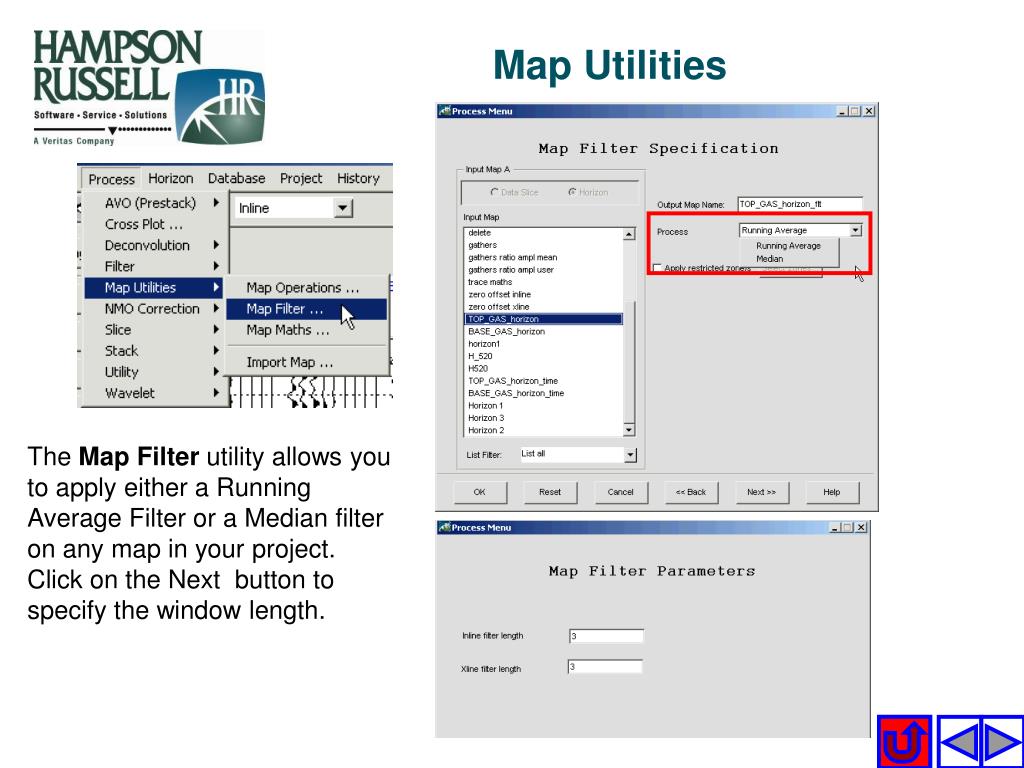

amplitude attenuation linear noise porosity processing reflection resolution seismic theory tomography traveltime velocity wavelet SDA SDP SEG 252E 10.1190/1.9781560802303.fm Front Matter 10.1190/1.9781560802303.ch1 1. Initially, we will therefore look at the basic convolutional model of the seismic trace in the time and frequency domains, considering the thre e components of this model: reflectivity, seismic wavelet, and noise. To understand seismic inversion, we must first understand the physical processes involved in the creation of seismic data. The relationship between forward and inverse modelling is shown in Figure 1.1. As such, it can be considered as the opposite of the forward modelling technique, which involves creating a synthetic seismic section based on a model of the earth (or, in the simplest case, using a sonic log as a one-dimensional model). Thus, in this course we shall primarily restrict our discussion to those inversion methods which attempt to recover a broadband pseudo-acoustic impedance log from a band-limited seismic trace.Īnother way to look at inversion is to consider it as the technique for creating a model of the earth using the seismic data as input. The above definition is so broad that it encompasses virtually all the work that is done in seismic analysis and interpretation. Geophysical inversion involves mapping the physical structure and properties of the subsurface of the earth using measurements made on the surface of the earth. The most general definition is as fol1ows:

It would therefore seem appropriate to begin by defining what is meant by seismic inversion. This course is intended as an overview of the current techniques used in the inversion of seismic data.


 0 kommentar(er)
0 kommentar(er)
